
Amidst all the leftover Holiday treats, football games, and catching up with old friends, I personally have spent a fair amount of time this week reflecting on the past year. A few years’ back I made the resolution never to make another new year’s resolution – my thoughts being that most resolutions are too narrow, too short-sighted, and often reflect an effect of larger problems, not the cause.
So my thoughts this past week have focused on what some of the underlying trouble-spots are with me as a person. Thankfully, nothing major, but certainly there are areas where I, like nearly everybody, can improve as a person.
And as I’ve assessed my areas for improvement, I’ve discovered one underlying theme – fear. More specifically, overcoming fear to be a success. Being brave to be happy.
Which in turn led me to another thought process – if courage is the ability to overcome fear, then what is the difference between courage and recklessness? Between strength and being self-destructive?
Mark Twain once said that “Courage is the resistance to fear, the mastery of it, not the absence of it.” And I think in that quote lies the answer. Recklessness has more to do with a lack or inability to understand the negative effects of an action, whereas courage is understanding and accepting it. It’s a fine line indeed, but it shifts the concept to one that is much more cognitive, to one which can be rationally evaluated.
My personal fears most likely aren’t that different from many others’ fears. Fear of failure, fear of rejection, fear of being judged, fear of change, to name a few.
And to analyze those fears, I need to evaluate the negative consequences in order to conquer them. And in doing so, I’ve come to realize that the negative consequences I’ve been fearing are much more manageable than I’ve been making them out to be.
So in perhaps my first cathartic actions of the new year, I’m taking this opportunity to announce a few changes in my personal and professional life.
I’ve begun taking classes for my Pennsylvania Teacher Certification. This is a decision I’ve been mulling over for some time, but one which I believe will serve to increase my own happiness and the well-being of my family in the years ahead.
Not to say it will be an easy road. The good things in life generally aren’t. But it is a decision that I honestly believe will serve me best in the years ahead.
In addition to a post-baccalaureate courseload, I will also have student teaching assignments and perhaps even some substitute teaching assignments to gain experience and get my foot in the door towards my eventual new career. All while continuing to juggle family responsibilities.
So what does this mean for Clark Kent Creations? What does it mean for my hardscaping career? Well, probably not too much for the immediate future. At least on the surface.
But changes do lay ahead. My website will remain the same, my weekly blogs will continue with no noticeable changes for the foreseeable future.
And to clients who already have quotes and signed contracts for spring projects, I’ll still be providing the same level of professional service you’ve come to expect.
I’ll still be taking on new projects, still be providing new estimates, still be just as responsive as ever to past clients and still take just as much pride in my projects as always.
But in continuing with my conquering fear theme of the new year, new clients and prospects may find that I’m not afraid to say “no thanks” to projects that aren’t in my sweet spot of services.
Hopefully I can still secure a few large patio projects for the summer months, but during the school year I’ll be focusing on smaller to medium size projects – ones that I can complete without a full staff, quickly, leanly, and efficiently.
I may pass on some larger projects, or at least ask that they can be scheduled once we complete the school year.
I may ask for a bit more time to complete projects, as I balance studenting, teaching, and parenting in conjunction with work.
And while I realize there may be some lost business with this approach, this goes hand-in-hand with my confronting of fear, of accepting the consequences of an action in an act of courage. I think it’s for the best.
I’m on my way to becoming a teacher. And that is certainly nothing to be afraid of. It’s a change I’m embracing. And while fear certainly isn’t absent from this change, it’s a fear that I’m proud to confront.
And so the new year begins. Happy New Year everybody!

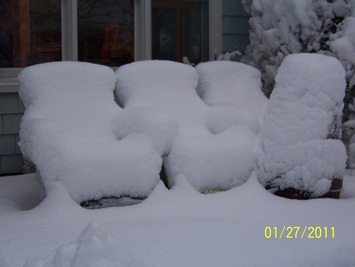
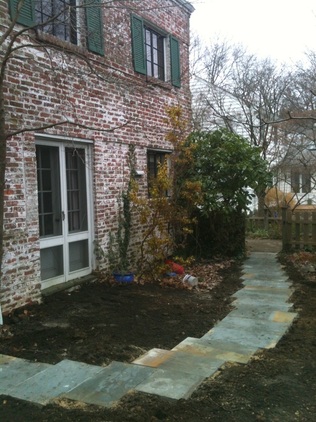
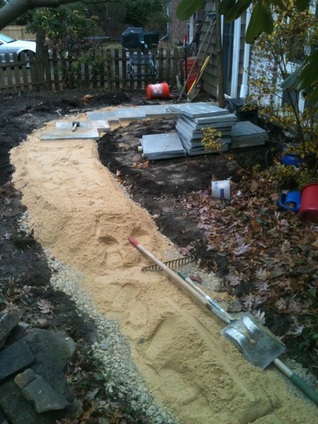
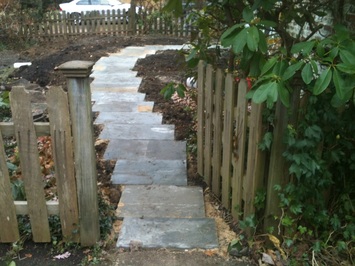
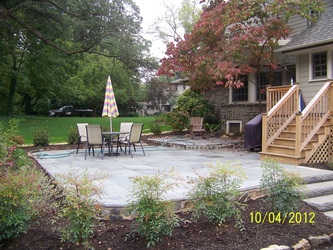
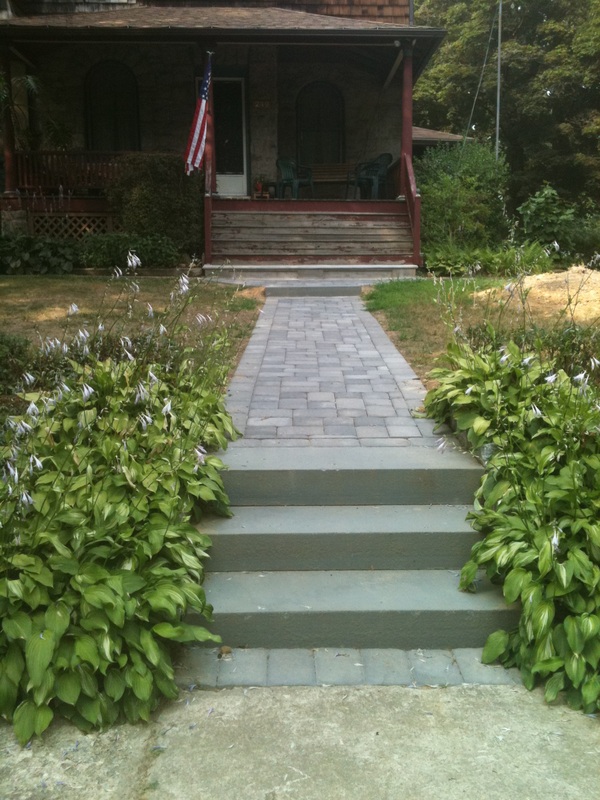
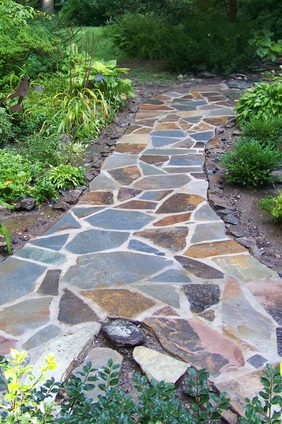
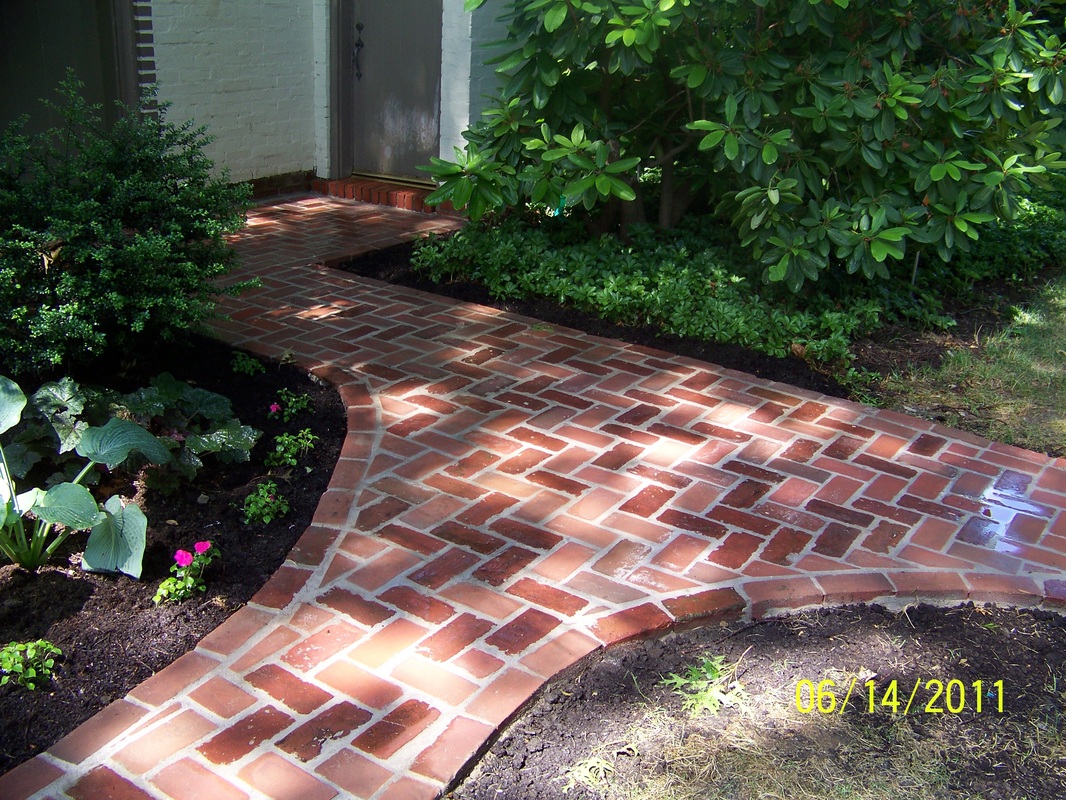
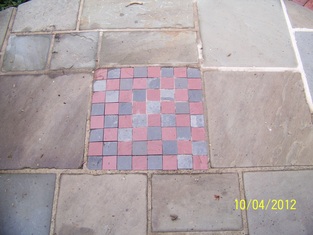
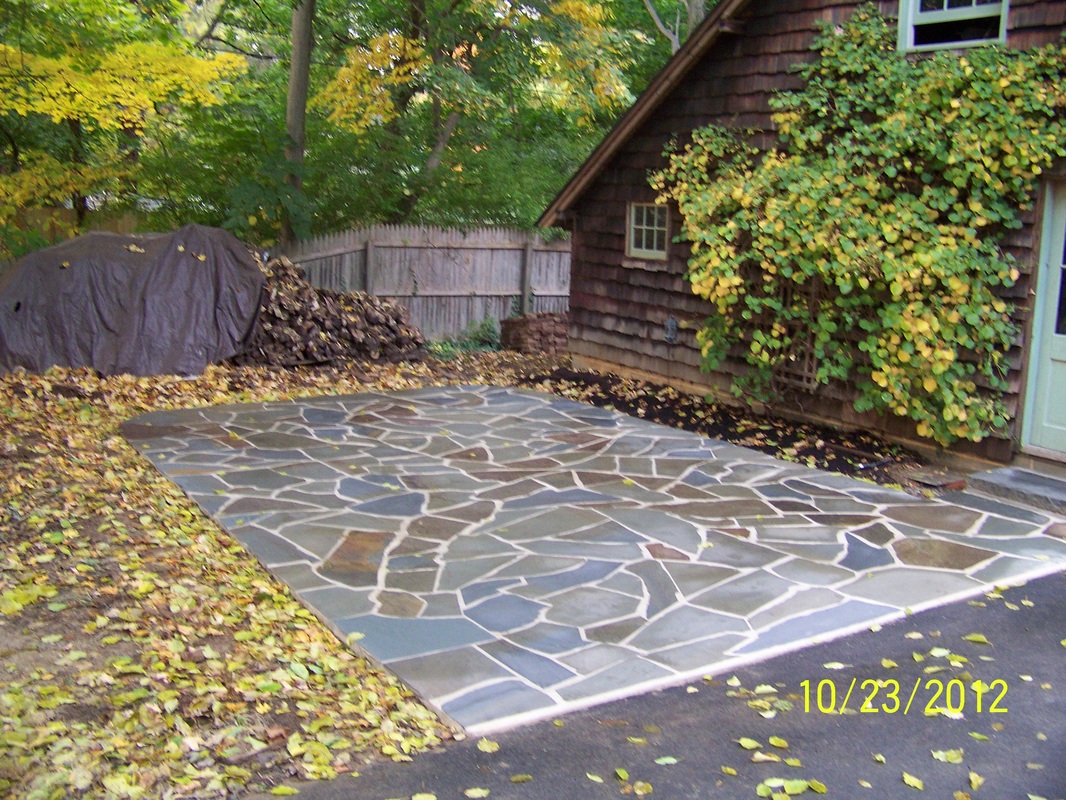
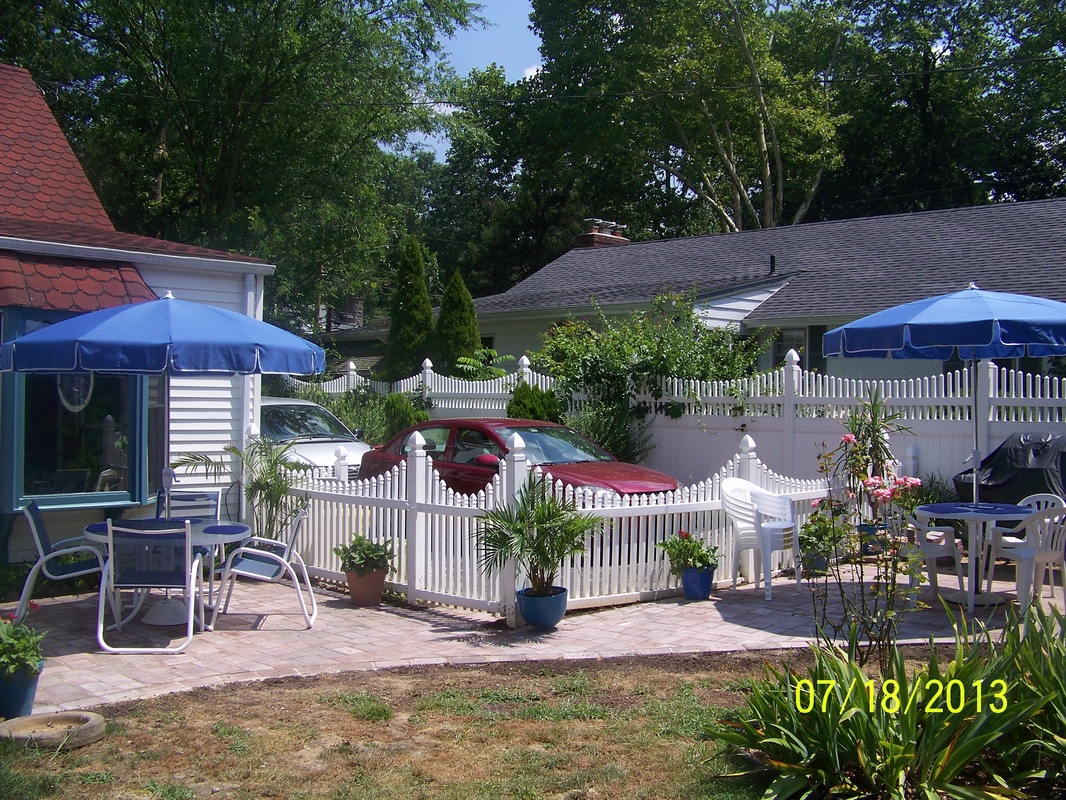
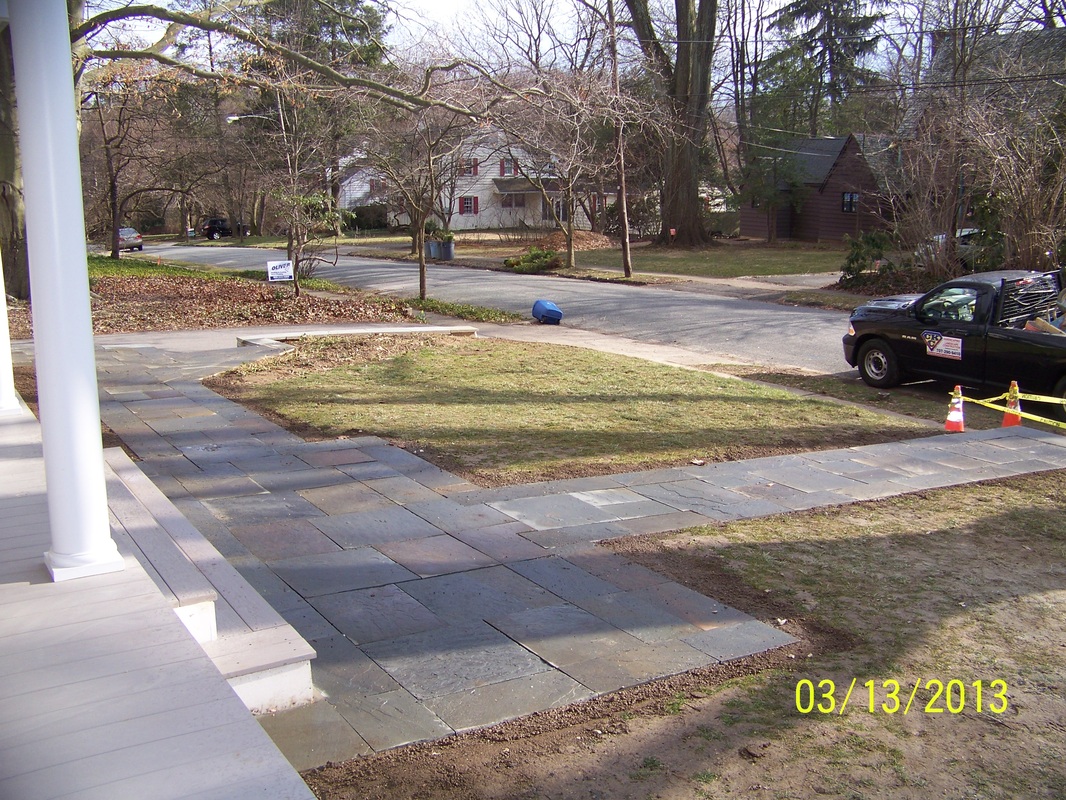
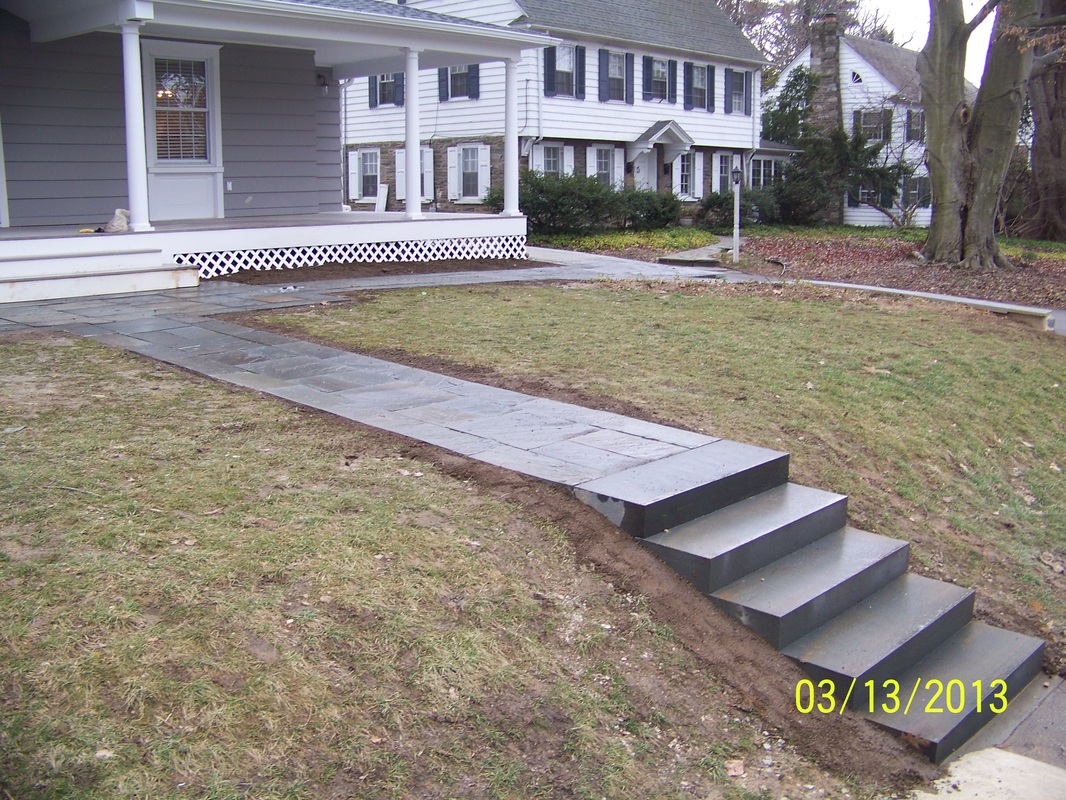
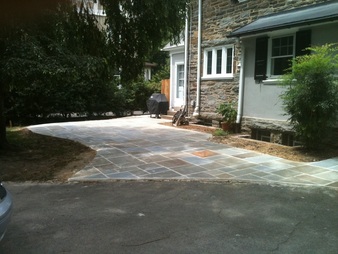

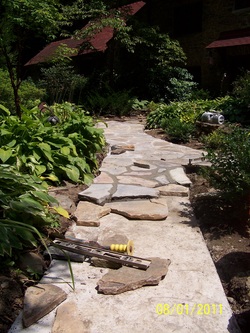
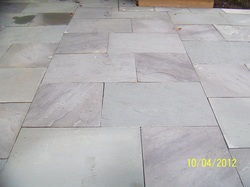
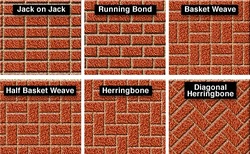
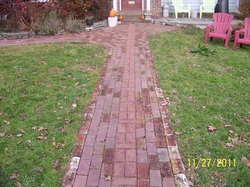
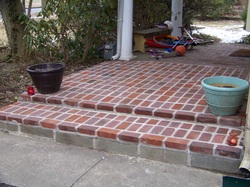
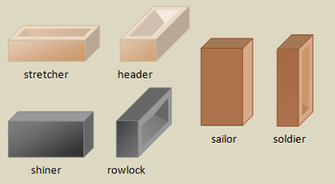
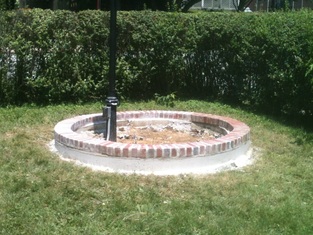
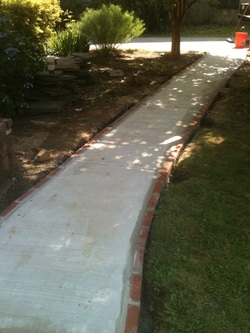
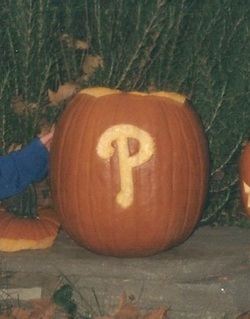
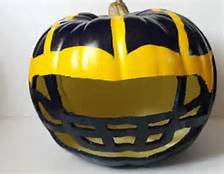








 RSS Feed
RSS Feed